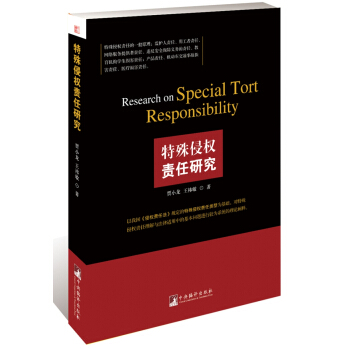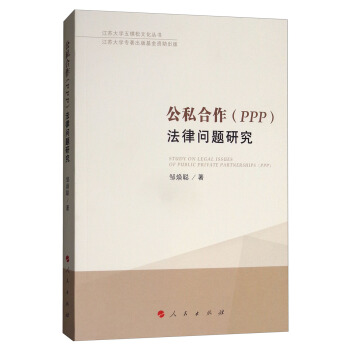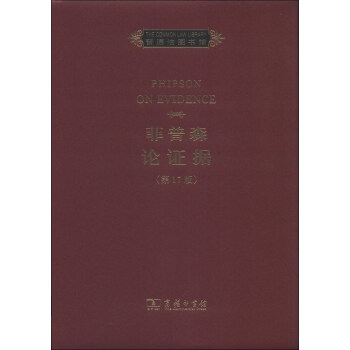

出版社: 商务印书馆
ISBN:9787100093064
版次:17
商品编码:11283314
品牌:商务印书馆(The Commercial Press)
包装:精装
开本:16开
出版时间:2013-03-01
用纸:胶版纸
页数:1574
正文语种:英文
具体描述
内容简介
Publication of the new 17th Edition of Phipson is an occasion for welcome and congratulation. There are few topics in the law of so wide a reach, of such importance, and yet so demanding of illumination. Phipson is equal to its task. Its breadth is breathtaking. Where else can one find teaching of such quality in relation to the criminal law, the law relating to opinion evidence and to experts and the evidential role and use of statistics?内页插图
目录
ForewordPreface
Table of Cases
Table of Statutes
Table of Civil Procedure Rules
Table of Legislation
Table of Statutory Instruments
1. INTRODUCTION
1. Introductory
2. Definitions and classification
3. Inspection, view and production
4. Lex fo
5. Functions of judge and jury
6. Law and fact
7. Impact of the Human Rights Act
2. THE DEFINING OF THE ISSUES
1. Introduction
2. Statements of case and pleadings
3. Variance and amendment
3. JUDICIAL NOTICE
1. Judicial Notice: Introduction
2. Scope of the rule
3. Law, procedure and custom
4. Constitutional, political and administrative matters
5. Territorial and geographical divisions
6. Official gazettes, seals and signatures
7. Matters notified, and companies incorporated by statute
8. Notorious facts
9. Refreshing memory of judge
4. ADMISSIONS
1. Admissions generally
2. Formal admissions for purposes of trial
3. Principles common to admissions in civil cases and to confessions in criminal cases
4. Informal admissions-client, solicitor, counsel and witnesses
5. ESTOPPELS
1. Introductory
2. Legal estoppels
3. Equitable estoppel
6. BURDEN AND STANDARD OF PROOF
1. Concepts
2. Burden of proof in civil cases
3. Burden of proof in criminal cases
4. Presumptions
5.1mpact of the Human Rights Act on reverse burdens and presumptions
6. Standard of proof: criminal cases
7. Standard of proof: civil cases
7. RELEVANCE, ADMISSIBILTY AND WEIGHT: PREVIOUS AND SUBSEQUENT EXISTENCE OF FACTS: THE BEST EVIDENCE RULE
1. Facts in issue
2. Facts relevant to the issue
3. Facts which affect the legal reception or weight of the evidence tendered
4. Relevance and admissibility
5. Weight of evidence
6. Previous and subsequence existence of facts; course of business
7. Custom and usage
8. Standards of comparison
9. Treatment
10. The best evidence rule
8. ATTENDANCE OF WITNESSES
1. Scope of this chapter
2. Attendance of witnesses in civil cases
3. Attendance of witnesses in criminal cases
4. Witnesses within the United Kingdom
5. Witnesses out of the jurisdiction
6. Evidence in the jurisdiction for foreign civil proceedings
7. Obtaining evidence out of the jurisdiction or for proceedings abroad: criminal cases
9. COMPETENCE AND COMPELLABILITY, OATH AND AFFIRMATION Stephen Whale
1. Competence
2. Compellability
3. Competence and compellability in criminal proceedings of defen- dants and their spouses
4. Oath and affirmation
……
精彩书摘
Further, it has been stated by way of dictum in the House of Lords,32 in the course of a speech with which three of the other law lords agreed, that the then view of the law lord in question was that "proprietary estoppel cannot be prayed in aid in order to render enforceable an agreement that statute has declared to be void". The only other law lord to give a reasoned speech33 did not think it necessary or appropriate to consider this issue, perhaps unsurprisingly in light of the fact that he had given the principal judgment in the original decision of the Court of Appeal that the Law of Property (Miscellaneous Provisions) Act 1989 s.2 could be "outfianked" in this way. It may, however, be relevant that the latter law lord had akeady by then, in a decision which did not directly concern equitable proprietary estoppels,34 said that, despite his earlier judgment, he was "now rather less enthusiastic about the notion that proprietary estoppel and 'common interest' constructive trusts can or should be completely assimilated" because the former is a claim to a mere equity while the latter identifies the existence and size of beneficial interests.Quite where all this leaves the original decision of the Court of Appeal that the Law of Property (Miscellaneous Provisions) Act 1989 s.2 could be "outfianked" in this way and, for that matter, the law remains to be seen. However, it seems to follow from the remaining remarks of the law lord with whose speech the three other law lords agreed that at least he thought (and possibly the other three law lords also thought) that, while the existence of a constructive trust can render enforceable a contract which is prima facie void for failure to comply with Law of Property (Miscellaneous Provisions) Act 1989 s.2 (because of the existence of the specific exemption for constructive trusts in s.2(5)), the existence of an equitable proprietary estoppel will not, on its own and without more, any longer be capable of giving rise to the imposition of a constructive trust; if this proves to be the case, the statutory exemption willin future only be capable of applying where a constructive trust has been imposed for some other reason. This would not necessarily render incorrect the outcome, as distinct from the reasoning, of the original decision of the Court of Appeal that the Law of Property (Miscellaneous Provisions) Act 1989 s.2 could be "outfianked" since in that case a constructive trust could conceivably have been held to have arisen on the different basis that the parties had entered into what was to all intents and purposes a joint venture.35
More generally the original and specific disapproval by the Court of Appeal of the notion that there are any "no go areas" for estoppels was anyway qualified by a subsequent comment in that case that the operation of equitable proprietary estoppels could nevertheless be restricted in the face of such statutory enact- ments. Whether it was to be restricted in a particular case depended upon an analysis of the "general social policy" behind the enactment; this was not simply a question of wording but also of statutory intent.
……
用户评价
评分
评分
评分
评分
评分
评分
评分
评分
评分
相关图书
本站所有内容均为互联网搜索引擎提供的公开搜索信息,本站不存储任何数据与内容,任何内容与数据均与本站无关,如有需要请联系相关搜索引擎包括但不限于百度,google,bing,sogou 等
© 2025 book.tinynews.org All Rights Reserved. 静思书屋 版权所有

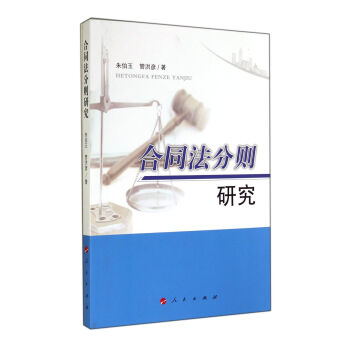
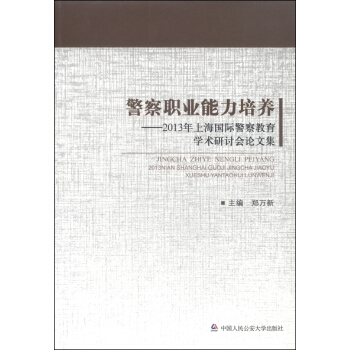
![国际私法学 [Private International Law] pdf epub mobi 电子书 下载](https://pic.tinynews.org/11675752/552e30e4Na524ffb3.jpg)
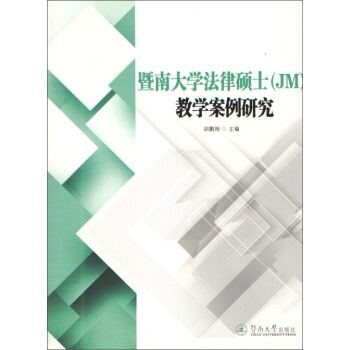
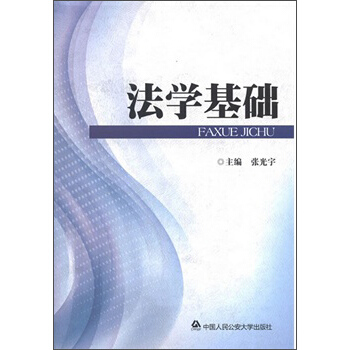
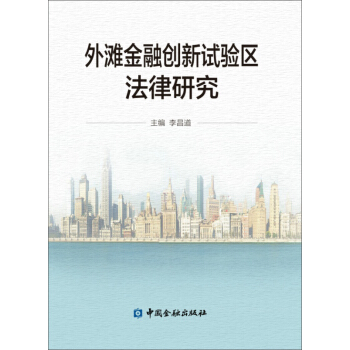
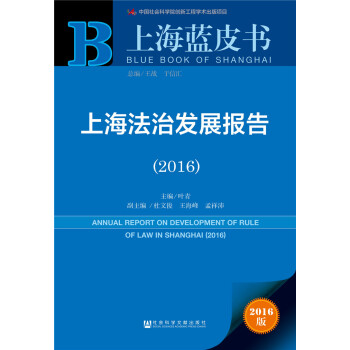
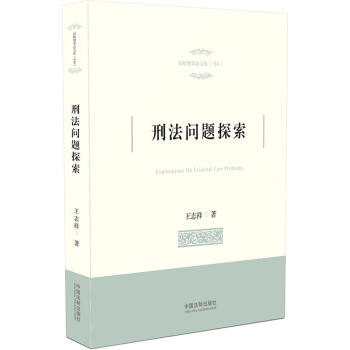
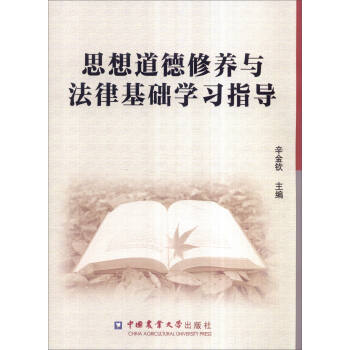
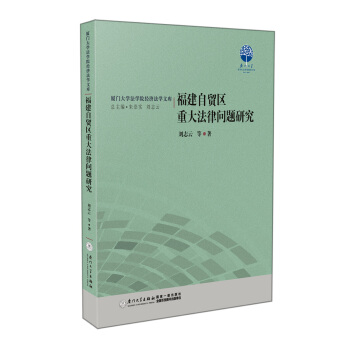
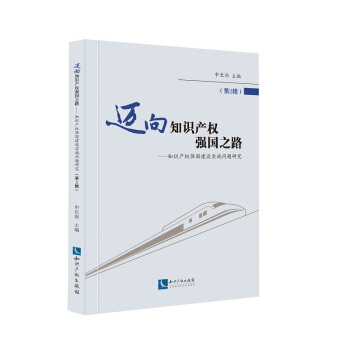
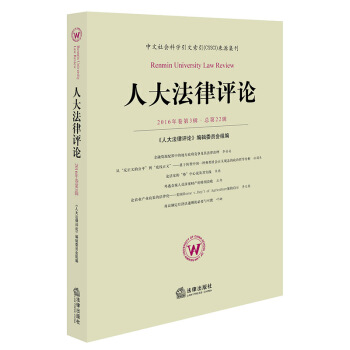
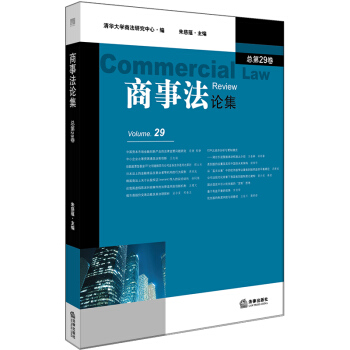
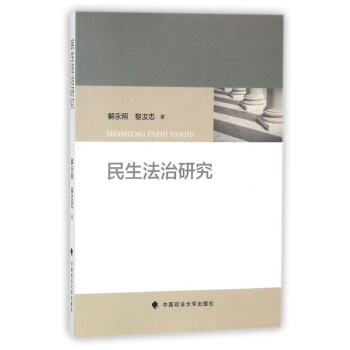
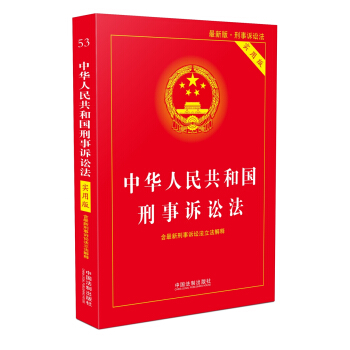
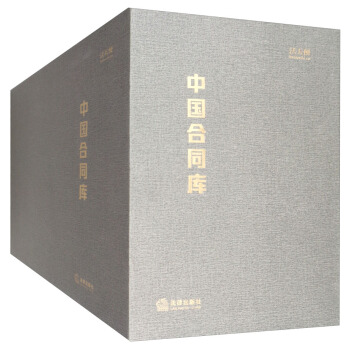
![法庭科学文化论丛(第3辑) [Forensic Culture Research] pdf epub mobi 电子书 下载](https://pic.tinynews.org/12324413/5ad4606fNd6aa6d6d.jpg)
![荷兰劳动法/威科法律译丛 [Labour law in the Netherlands] pdf epub mobi 电子书 下载](https://pic.tinynews.org/12325593/5af8e90bN4d880b65.jpg)
